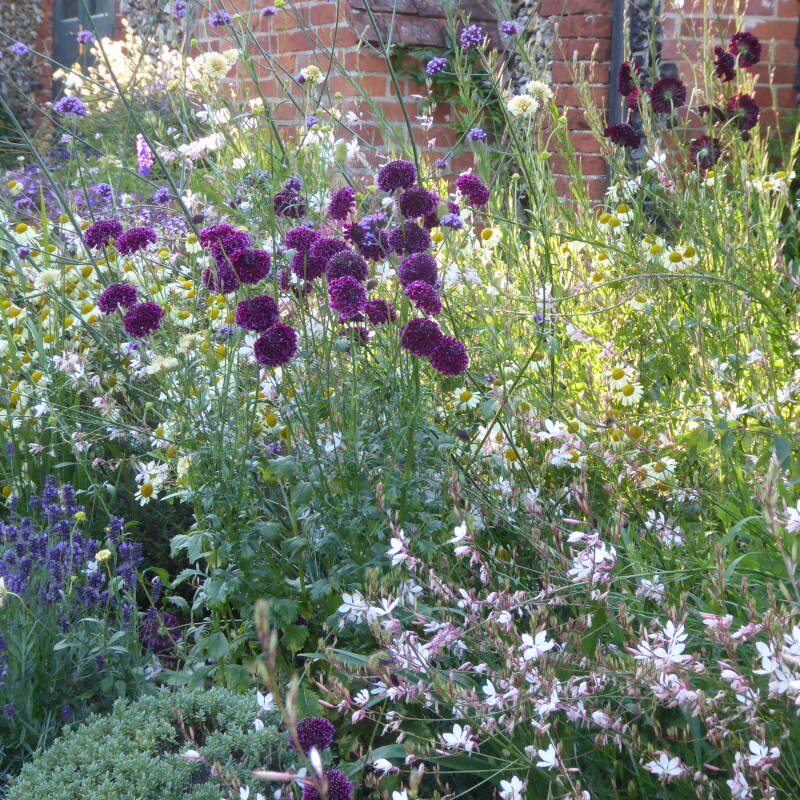The degree of difficulty indisputably rises when you’re gardening on a slope (pardon my word play here). There are ways, fortunately, to deal with uneven landscapes that don’t involve just leaving it barren or giving it over to lawn.
Here, six smart solutions for the sloped garden.
1. Build a retaining wall.

Retaining walls are good for, well, retaining soil (and thus, preventing erosion), creating a flat surface for easy gardening, and often add an appealing architectural element to your garden. See Hardscaping 101: Retaining Walls.
2. Step it up.

Don’t fight your topography; instead, lean into it by highlighting the slope with a set of meandering stone steps.
3. Go for terraces.

If you’re dealing with a particularly steep slope but are fortunate to have both a large property and budget, consider creating a series of terraces for multi-level gardens.
4. Grow grasses.

Letting ornamental grasses grow wild is a great budget idea that yields a soft, alluring hillside look. Mow a path that winds its way down the hill for reasons both aesthetic interest and practical.
5. Plant fleabane.

Not every plant will fare well on a slope. Choose ones that like quick-draining soil, like fleabane.
6. Add ground covers.

Low-maintenance ground covers are a good idea for slopes that would otherwise be difficult to mow.
- For similar content, see:
- Hardscaping 101: Erosion Control
- Gardening 101: How to Care for Perennial Grasses
- Can This Garden Be Saved: ‘ Have a Steep Slope’









Have a Question or Comment About This Post?
Join the conversation